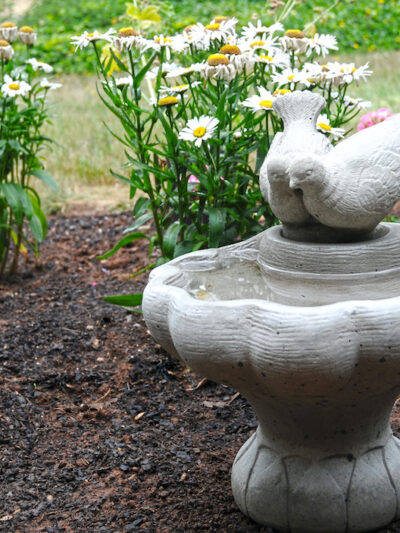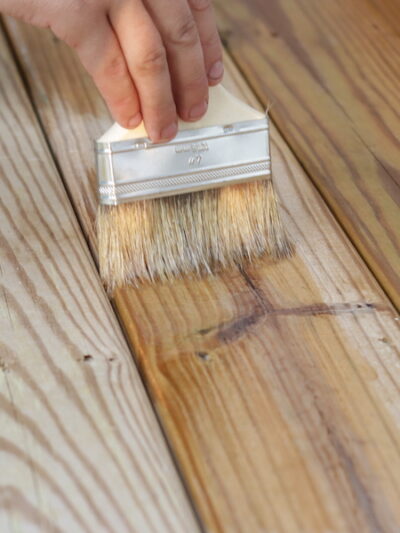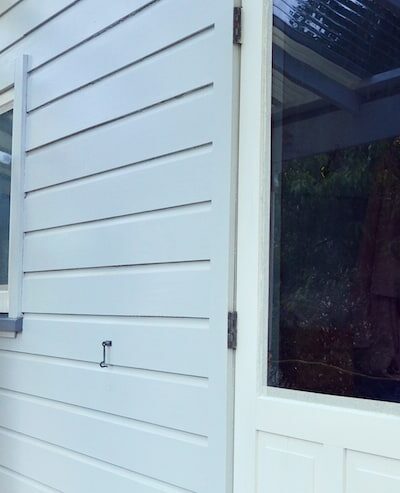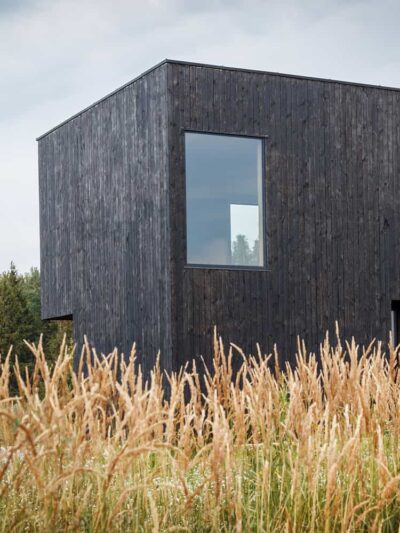Non-Toxic Sealants for Birdbaths (Concrete, Terra-Cotta, Stone & Metal)
Freezing temperatures and the hot sun affect concrete birdbaths – if you leave yours in the elements without a sealant you will likely get pitting and cracking. Sealing the surface with a non-toxic sealant helps your birdbath to be less porous so it holds water well and limits the freeze-thaw effects. Of course, we want …





